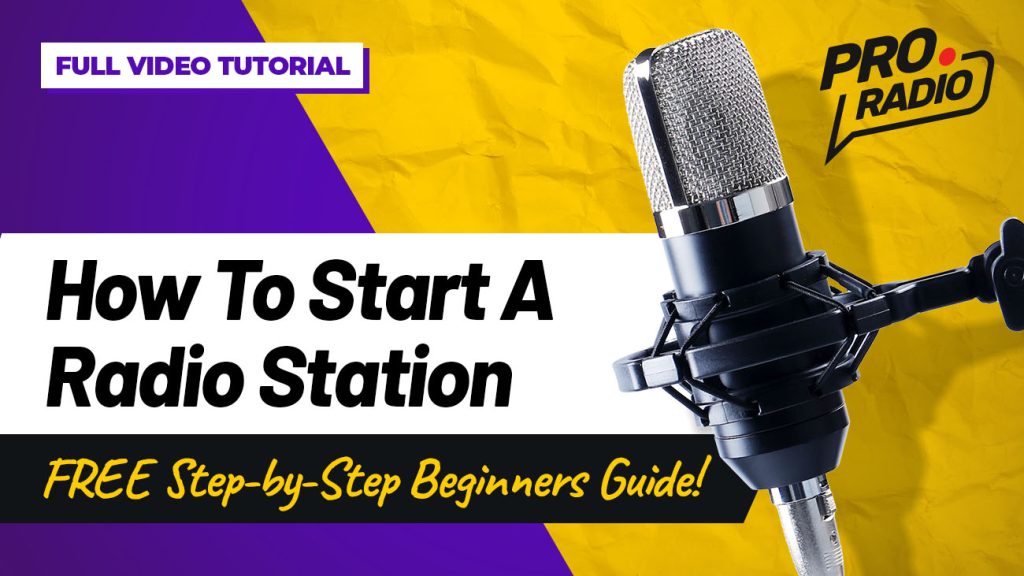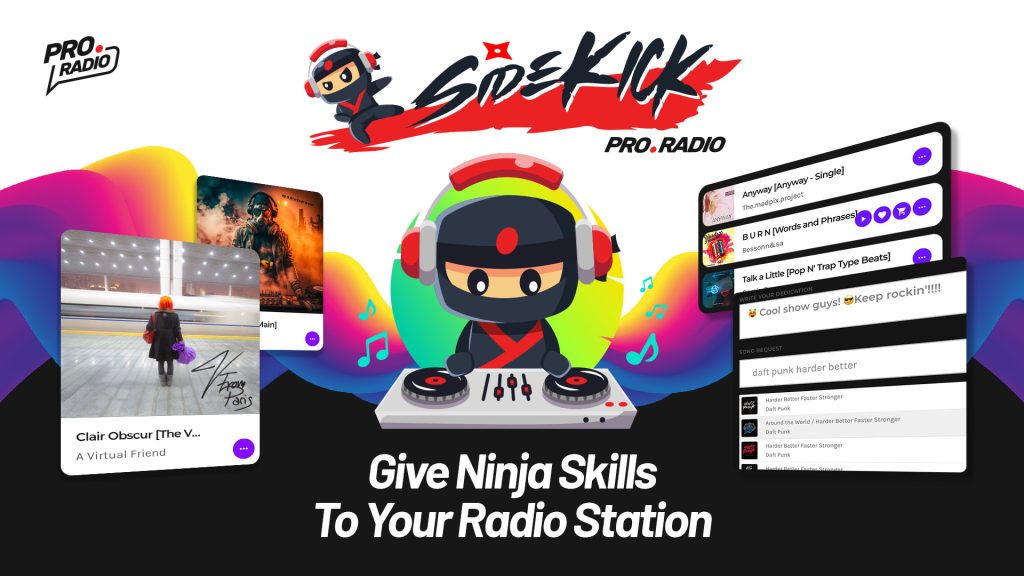- 1. How to choose your radio streaming platform?
- 2. How to Set up your radio streaming server
- 3. Which is the easiest radio streaming platform?
- 4. How to Connect your audio sources to your computer
- 5. How to make a radio station website
- 6. How to increase your web radio listeners
- 7. How to promote your radio station
- 8. How to generate revenue from your radio staiton
- 9. Positive facts about running a radio station
- 10. Start now your radio station website
- 11. Stay up to date!
Update: make sure to check our latest full guide How to Start a Radio Station – The Ultimate Guide
Creating a web radio can be a fun and rewarding project. It allows you to share your musical tastes or spoken word content with a global audience, and all you need is a computer and an internet connection. Here are the steps you can follow to create your own web radio:
- Choose your streaming platform: There are several platforms available that allow you to stream audio online, such as Shoutcast, Icecast, and Airtime. Choose the one that best fits your needs and budget.
- Set up your streaming server: Each streaming platform has its own specific instructions for setting up a server, so follow the steps provided by your chosen platform. You will need to provide information such as the server’s IP address and port number.
- Purchase and install audio software: You will need audio software to broadcast your audio content. Some popular options include SAM Broadcaster, RadioDJ, and Traktor. Install the software on your computer and follow the instructions to set it up.
- Connect your audio sources: You will need to connect your audio sources, such as a microphone or music library, to your computer. Depending on your setup, this may involve using a mixing board or other audio equipment.
- Configure your audio software: Use your audio software to set up your audio sources and adjust the sound levels. You can also create playlists and schedule your content.
- Start streaming: Once everything is set up, you can begin streaming your audio content online. Your listeners will be able to access your stream through a web player or a media player such as VLC or Winamp.
I hope these steps are helpful in getting you started on creating your own web radio! Let me know if you have any other questions.
How to choose your radio streaming platform?
When choosing a streaming platform for your web radio, there are several factors you should consider:
- Cost: Some streaming platforms are free to use, while others charge a monthly or annual fee. Consider your budget and choose a platform that fits your financial needs.
- Features: Different streaming platforms offer different features, such as the ability to schedule content, create playlists, and track listener statistics. Determine which features are important to you and choose a platform that offers them.
- Ease of use: Consider how easy it is to use the platform and how user-friendly the interface is. You don’t want to spend too much time trying to figure out how to use the platform – you want to be able to focus on creating and broadcasting your content.
- Support: Look for a platform that offers good customer support in case you have any questions or issues.
- Compatibility: Make sure that the platform is compatible with your computer and audio equipment.
By considering these factors, you can choose the best streaming platform for your web radio. It’s also a good idea to do some research and read reviews from other users to get a sense of which platforms are the most reliable and user-friendly.
How to Set up your radio streaming server
Start now your radio station website
And if YOU want to be the next, check our Pro Radio WordPress theme! The most professional and complete website template for radio stations, including streaming player, full visual editor and 9 prebuilt websites to start from! Provide an engaging and fulfilling experience to your listeners, grow your radio and build your way into success!
Check out more on https://pro.radio/ and enjoy a 10% coupon on your first order using the code: TheBlogWelcome10
Already a customer? Did you know that we have a “returning customer discount”? Get your next license with a 15% discount with the coupon code AddOne and start building your new radio today!







